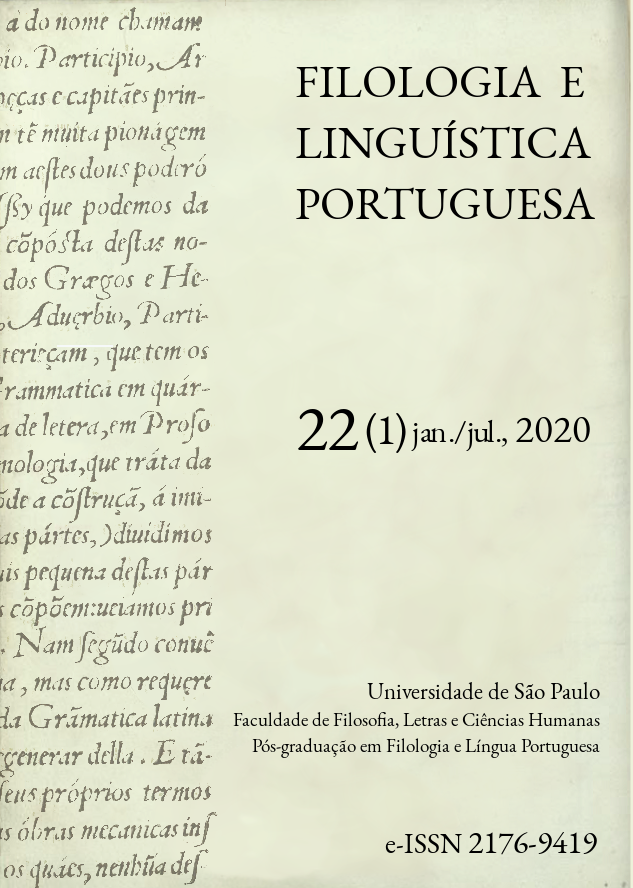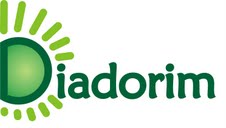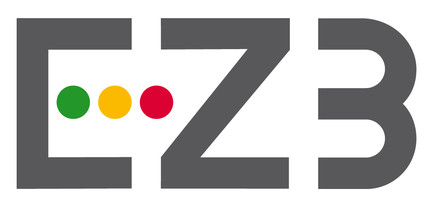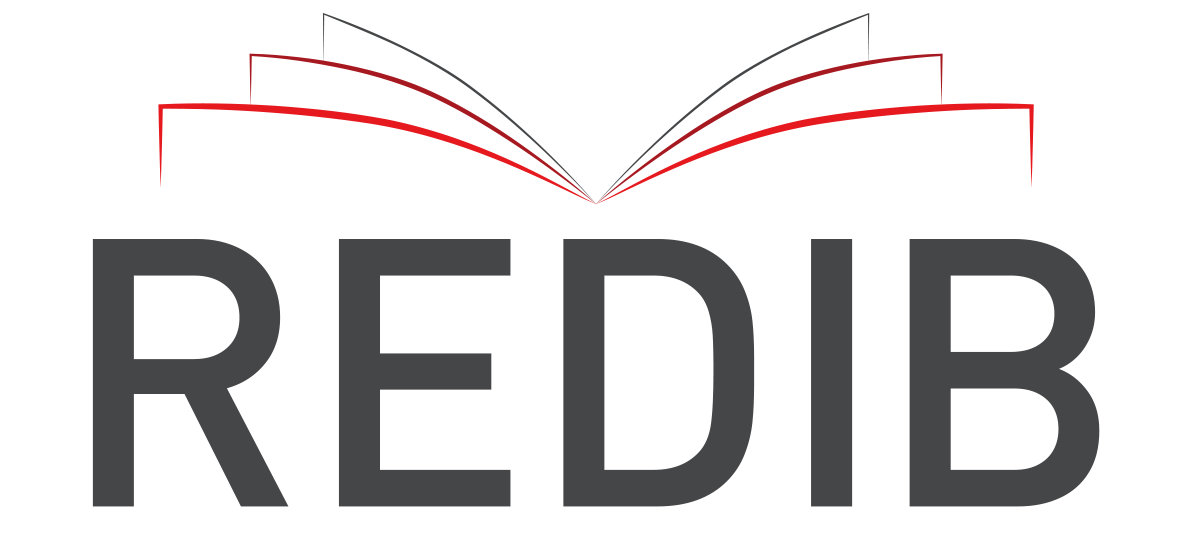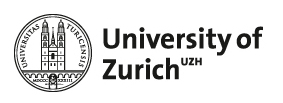Discourse markers in English and European Portuguese translations: establishing functional equivalents and types of omission
DOI:
https://doi.org/10.11606/issn.2176-9419.v22i1p103-121Keywords:
Discourse markers, Omission, Translation, English, PortugueseAbstract
Based on the translations of a bidirectional English-Portuguese parallel corpus, this paper examines some English discourse markers (henceforth ‘DMs’, such as well, you know, I mean). The goal is twofold: firstly, the analysis of the translations establishes functional equivalents of the English DMs in European Portuguese, thus complementing the existing studies on translation of DMs in parallel corpus. Secondly and most importantly, this paper aims to approach the phenomenon of DMs omission frequently observed in translations from the empirical, rather than theoretical point of view. In particular, the study focuses on omission of DMs in the target languages. The corpus analysis resulted in the identification of three most common types of omission: DM deletion (i.e. a common DM deletion or omission in the target language), partial DM deletion (i.e. when one of the two DMs in the original language drops, resulting in translation of only one of them in the target language), DM addition (i.e. when there is no DM in the original language, but the translator has added it).
Downloads
References
Aijmer K, Altenberg B. Zero translations are cross-linguistic equivalence: Evidence from the English-Swedish Parallel Corpus. In: Stenstrom AB, From the Colt’s mouth...and others’. Amsterdam/New York: Rodopi; 2002. p. 19-41.
Aijmer K, Simon-Vandenbergen AM. The discourse particle well and its equivalents in Swedish and Dutch. Linguistics. 2003;41(6):1123-1161.
Aijmer K. A method and a methodology for the study of pragmatic markers: the semantic field of expectation. Journal of Pragmatics. 2004;36:1781-1805.
Aijmer K. The meaning and functions of the Swedish discourse marker alltså - evidence from translation corpora. Catalan Jornal of Linguistics. 2007;6:31-59.
Asr FT, Demberg V. Implicitness of discourse relations. In Proceedings of the 25th International conference on computational linguistics COLING, Mumbai, India. 2012; 2669-2684.
Baker M. Corpus linguistics and translation studies: implications and applications. In: Studies in text and technology. In: Baker M, Francis G, Tognini-Bonelli E., Honour of John Sinclair. Amsterdam/Philadelphia: John Benjamins. 1993, p. 233-250.
Becher V. Towards a more rigorous treatment of the explicitation hypothesis in translation studies. Trans-Kom. 2010;3(1):1-25.
Becher V. When and why do translators add connectives? Target. 2011;23(1):26-47.
Blakemore D. Relevance and linguistic meaning: the semantics and pragmatics of discourse markers. Cambridge: Cambridge University Press; 2002.
Blum-Kulka S. Shifts of cohesion and coherence in translation. In: House J, Blum-Kulka S, Interlingual and intercultural communication. Tübingen: Narr; 1986. p. 17-35.
Brinton LJ. Pragmatic markers in English: grammaticalization and discourse functions. Berlin/New York: Mouton de Gruyter; 1996.
Brinton LJ. The comment clause in English. Syntactic origins and pragmatic developments. Cambridge: Cambridge University Press; 2008.
Chaume F. Discourse markers in audiovisual translating. Meta. 2004;49(4):843-855.
Cuenca MJ. Pragmatic markers in contrast: the case of well. Journal of Pragmatics. 2008;40:1373-1391.
Dupont M, Zufferey S. Methodological issues in the use of directional parallel corpora. A case study of English and French concessive connectives. International Jornal of Corpus Linguistics. 2017;22(2):270-297.
Fischer K. Validating semantic analysis of discourse particles. Journal of Pragmatics 1998;29:111-127.
Frankenberg-Garcia A, Santos D. Introducing COMPARA, the Portuguese-English parallel corpus. In: Zanettin F, Bernardini S, Stewart D, Corpora in translator education. Manchester: St. Jerome; 2003; p. 71-87.
Frankenberg-Garcia A. Are translations longer than source texts? A corpus-based study of explicitation. Paper presented to the Third international corpus use and learning to translate conference, Barcelona, January 2004.
Fraser B. What are discourse markers? Journal of Pragmatics. 1999;31:931-952.
Hauge KR. Found in translation - Discourse markers out of the blue. In: Ebeling G, Hauge and Santos, Corpus-based studies in contrastive linguistics, Oslo Studies in Language. 2014:6(1):43-52.
Kafipour R. Errors in the translation of discourse markers from English into Persian in movie subtitles. American Journal of Educational Research. 2016;4(15):1100-1105.
Klaudy K. Explicitation. In: Baker M, Saldanha G, Routledge encyclopedia of translation studies, London: Routledge; 2008, p. 80-85.
Lopes ACM. Contributo para o estudo sincrónico dos marcadores discursivos ‘quer dizer’, ‘ou seja’ e ‘isto é’ no português europeu contemporâneo. Diacrítica. 2004;28(1).
Lopes ACM, Sousa S. The discourse connectives ao invés and pelo contrário in contemporary European Portuguese. Journal of Portuguese Linguistics. 2014;3(1):3-27.
Lutzky U. Discourse markers in Early Modern English. Amsterdam/Philadelphia: John Benjamins Publishing Company; 2012.
Mattsson J. Linguistic Variation in subtitling. The subtitling of swearwords and discourse markers on public television, commercial television and DVD. MuTra 2006 - Audiovisual translation scenarios: Conference Proceedings.
Östman JO. Constructions in cross-language research: Verbs as pragmatic particles in Solv. In: Aijmer K, Simon-Vandenbergen AM, Pragmatic markers in contrast 2. Amsterdam: Elsevier; 2006. p. 237-257.
Pym A. Explaining explicitation. In: Karoly K, Foris A, Honour of Kinga Klaudy. New trends in translation studies. Budapest: Akadémia Kiadó; 2005. p. 29-34.
Ramón N. The English discourse particle ‘oh’ in Spanish translations: evidence from a parallel corpus. Procedia - Social and Behavioral Sciences. 2015;173:337-342.
Santos D. O projecto processamento computacional do português: balanço e perspectivas. V Encontro para o processamento computacional da língua portuguesa escrita e falada (PROPOR 2000), São Paulo, Brasil, 19-22 de Novembro de 2000, p. 105-113. Disponível em: http://www.linguateca.pt/COMPARA.
Schiffrin D. Discourse markers. Cambridge: CUP; 1987.
Sperber D, Wilson D. Relevance: communication and cognition. Oxford UK & Cambridge USA: Blackwell; 1986.
Torabi F, Demberg V. Uniform information density at the level of discourse relations: negation markers and discourse connective omission. Proceedings of the 11th International conference on computational semantics, London, UK; 2015. p. 118-128.
Downloads
Published
Issue
Section
License
Copyright is transferred to the journal for the online publication, with free access, and for the printing in paper documents. Copyright may be preserved for authors who wish to republish their work in collections.


